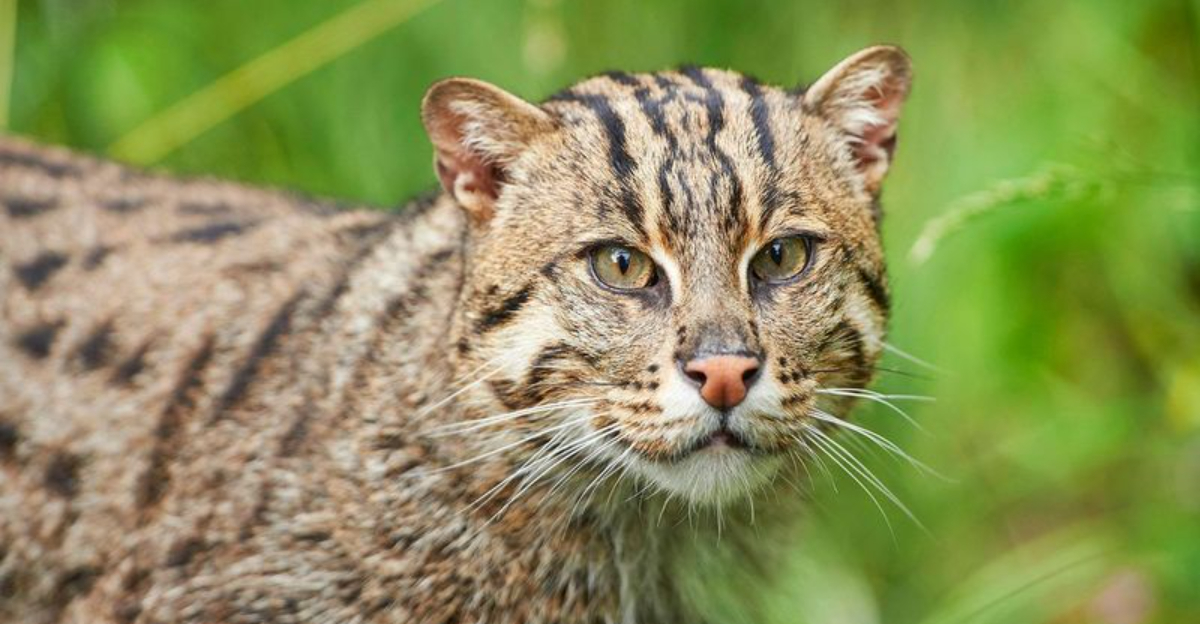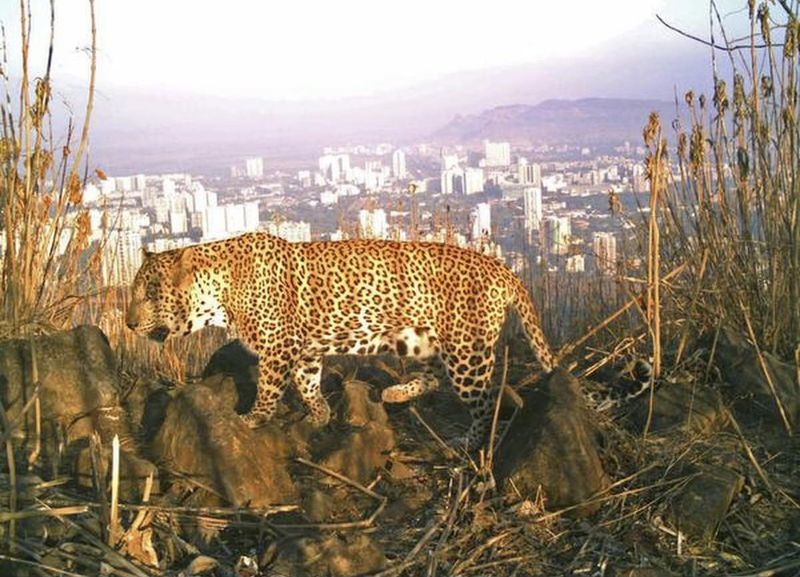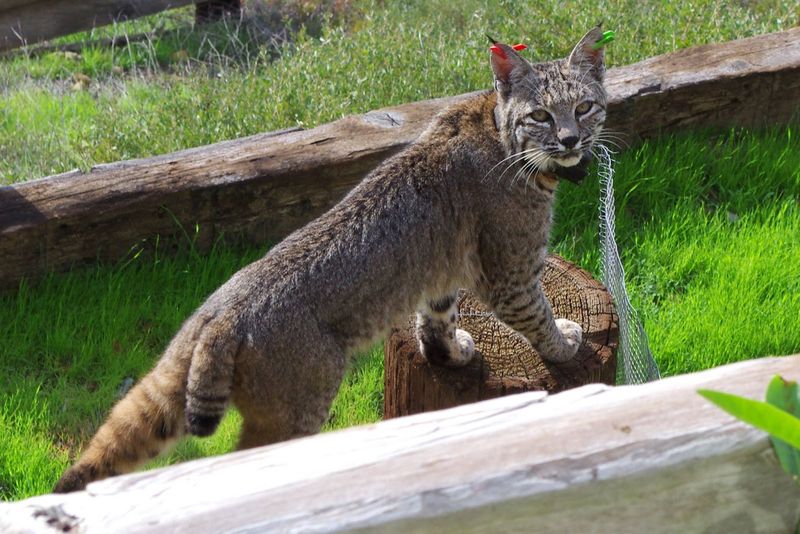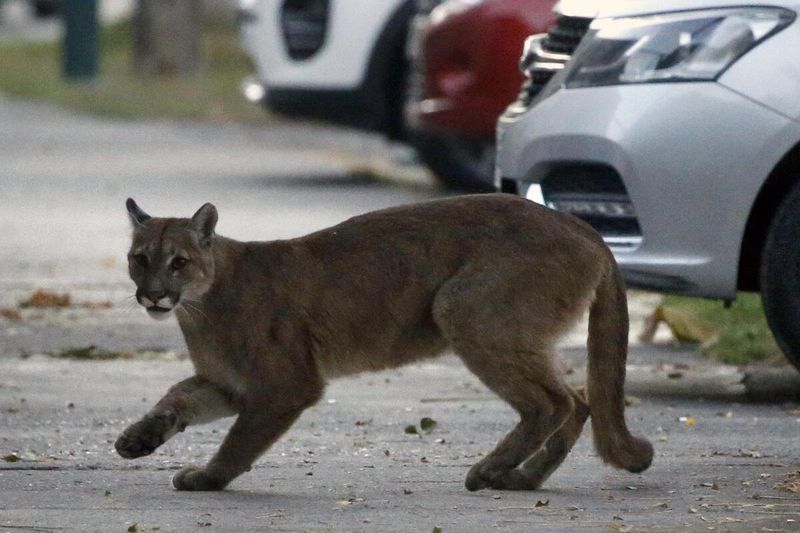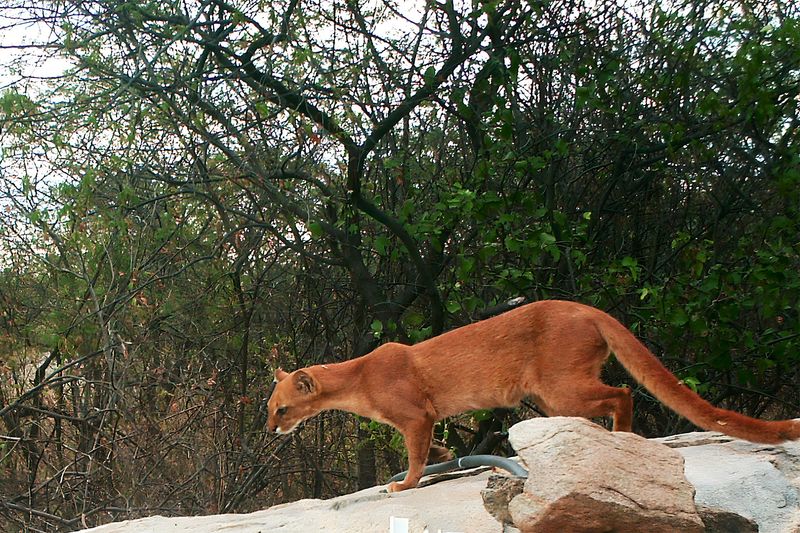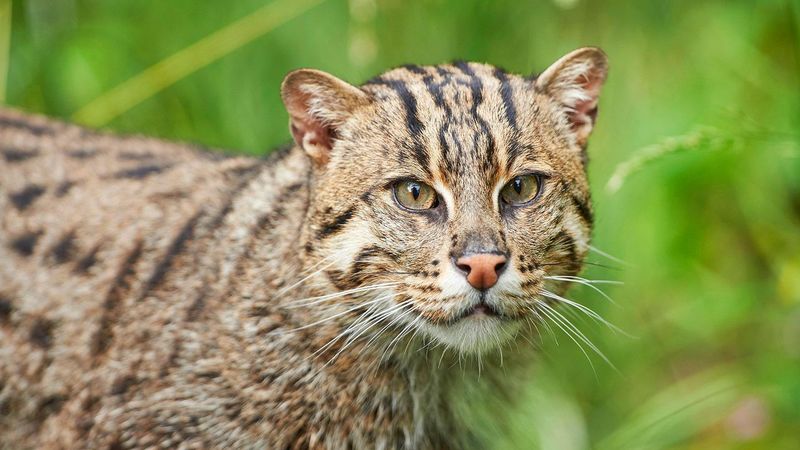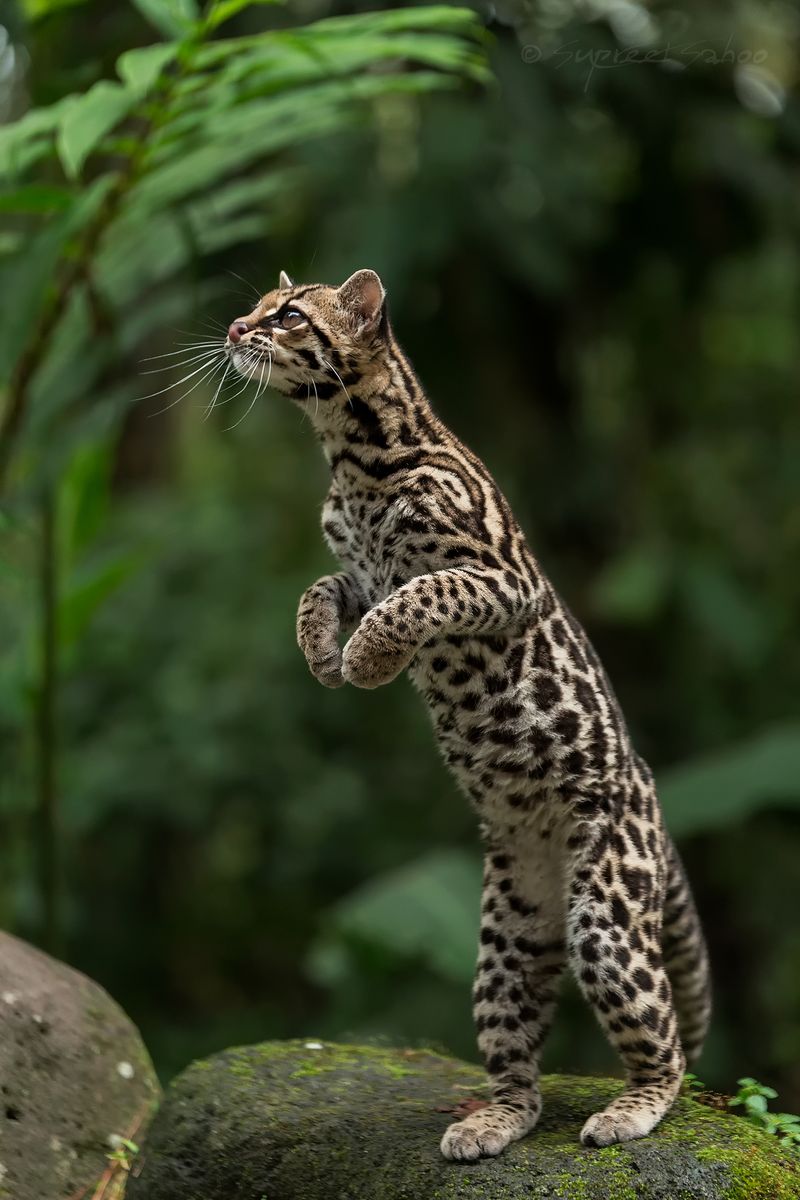📖 Table of Content:
Urban sprawl and deforestation are reshaping ecosystems, forcing countless species to either adapt or vanish. Amid these environmental challenges, wild cats—often portrayed as symbols of remote wilderness—have demonstrated unexpected resilience. These elusive carnivores, typically associated with dense rainforests or mountain terrains, are increasingly showing up in cities, proving that adaptability is often key to survival.
Though many people may never spot one in person, several wild cat species live astonishingly close to urban areas. Whether navigating through the shadows of skyscrapers or slipping through suburban gardens under the cover of darkness, these felines are re-writing the boundaries of their traditional habitats. Their ability to persist in both the humid green of rainforests and the concrete labyrinth of cities reveals not only their physical agility but also their ecological flexibility.
This list explores seven wild cat species that have managed to thrive in both worlds—dense jungle and bustling city. Each has evolved unique strategies to survive amid human encroachment, from adjusting hunting habits to tolerating noise and fragmentation. Together, they illustrate how nature often finds a way, even in the heart of the human-dominated landscape.
1. Leopard (Panthera pardus)
Leopards are among the most versatile big cats on the planet, adapting with ease from steamy rainforests to urban peripheries. In places like Mumbai, India, they are frequently spotted roaming near apartment blocks and railway tracks. These predators take advantage of abundant prey such as stray dogs and livestock, reducing their need to hunt within deep forests. Rather than avoiding human activity altogether, leopards tend to shift their movement patterns to the night. Despite their size, they move with astonishing silence and grace through even the densest urban vegetation. Their wide geographic range and varied diet underscore their ability to exploit a multitude of environments. Ultimately, the leopard’s stealth and adaptability make it a master of both wild and man-made worlds.
2. Ocelot (Leopardus pardalis)
Hidden in the tropical thickets of Central and South America, the ocelot blends into its leafy surroundings with dappled golden fur. Cities and farmlands continue to encroach upon its native habitat, yet this medium-sized cat has learned to navigate these human-altered spaces. Unlike larger cats, ocelots rely heavily on dense underbrush for hunting and concealment, often making use of roadside vegetation and forest edges. The nocturnal lifestyle of the ocelot provides it a natural advantage in urban outskirts, allowing it to avoid human encounters. They feed on small mammals, reptiles, and birds, which are often plentiful even near human settlements. While sightings remain rare, trail cameras have confirmed their presence surprisingly close to towns. As fragmentation increases, ocelots demonstrate a quiet persistence, moving through the cracks in human expansion.
3. Bobcat (Lynx rufus)
North America’s bobcat, with its tufted ears and short tail, is no stranger to diverse habitats. From the wet coastal forests of the Pacific Northwest to sun-scorched suburbs, it adapts with impressive agility. Known for its solitary nature and elusive behavior, the bobcat often goes unnoticed even in densely populated areas. Urban bobcats have been documented using culverts, greenbelts, and dry riverbeds as movement corridors. Their primary prey, including rabbits and rodents, flourish in both forested and developed areas. They are also capable of climbing fences and crossing roads with caution, making city life less of a barrier than one might assume. By thriving where few expect, the bobcat showcases the power of quiet adaptability.
4. Puma / Cougar (Puma concolor)
Pumas, also called cougars or mountain lions, range across vast territories from the Andes to the Rockies. Despite being among the largest wild cats in the Americas, they are surprisingly adept at stealth and urban coexistence. In cities like Santiago and parts of suburban California, pumas have been recorded slinking through neighborhoods under cover of night. Their presence often goes unnoticed until caught on motion-sensing cameras or involved in occasional encounters. They favor large green spaces, parks, or river corridors to move undetected through human sprawl. Preying on deer and smaller mammals, they rarely need to seek food sources inside the heart of cities. Their ghostlike behavior makes them a shadowy testament to how apex predators can live on civilization’s edge.
5. Jaguarundi (Herpailurus yagouaroundi)
The jaguarundi, with its elongated body and short limbs, cuts a unique silhouette among wild cats. Though it prefers dense vegetation and proximity to water, it is one of the more urban-tolerant species in Latin America. Unlike its nocturnal relatives, the jaguarundi is often active during daylight hours, minimizing conflicts with other predators and even human activity. Small rodents, birds, and reptiles make up most of its diet, readily available in both wild and semi-urban environments. Observations have noted jaguarundis crossing roads and appearing in fields near villages, especially in southern Mexico and Brazil. Its unusual appearance and elusive nature make it difficult to study, but it has demonstrated resilience in fragmented landscapes. Though less well-known, the jaguarundi remains an understated example of wild adaptability.
6. Jungle Cat (Felis chaus)
Found across South and Southeast Asia, the jungle cat has long been at home in wetlands, marshes, and forest fringes. Today, it’s just as likely to be seen on the outskirts of towns and agricultural fields, especially in India. This cat’s fondness for rodents, birds, and amphibians aligns conveniently with the prey available in human settlements. Jungle cats have been known to hunt near grain storage and water canals, places where wildlife and human infrastructure intersect. Their tawny coats blend well in grasslands and dry vegetation, offering camouflage in both natural and cultivated settings. They are solitary and mostly crepuscular, hunting at dawn and dusk to avoid people. Though not large in size, the jungle cat’s adaptability and resourcefulness make it a frequent, if unnoticed, urban visitor.
7. Margay (Leopardus wiedii)
The margay is a cat built for the trees, with extraordinary climbing abilities and a tail nearly as long as its body. Deep in the forests of Central and South America, it navigates the canopy like a squirrel, rarely descending to the forest floor. Urban encroachment has pushed the margay into fragmented patches of forest near roads and settlements. Despite its arboreal lifestyle, it occasionally ventures into lower terrain to hunt small vertebrates, sometimes even utilizing edge habitats. It has adapted to survive in areas close to agricultural land, though roadkill and deforestation remain significant threats. Very shy and nocturnal, margays are seldom seen but are occasionally recorded by night cameras. As a species straddling the line between the treetops and the expanding human frontier, the margay is both vulnerable and adaptable.
